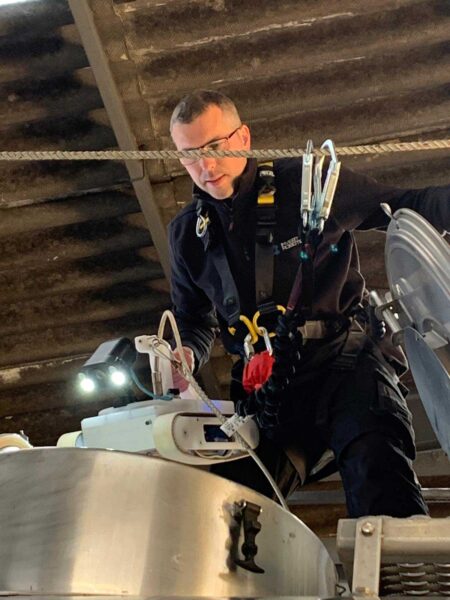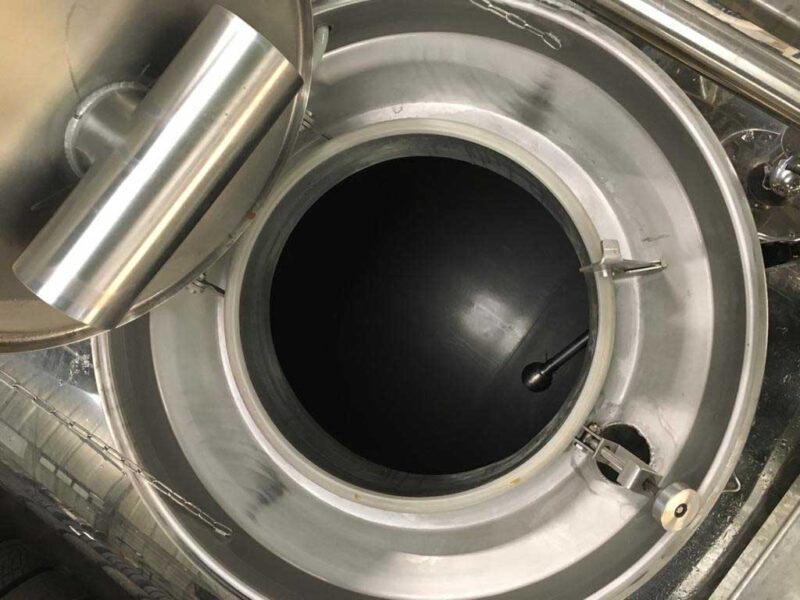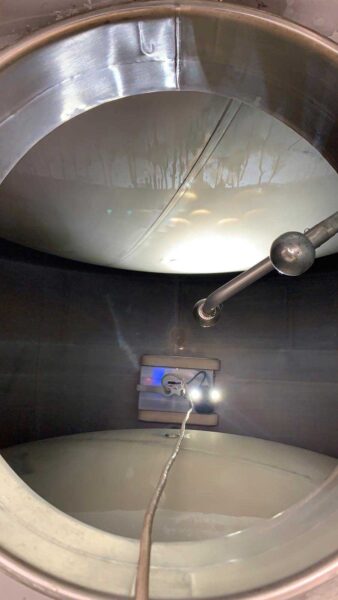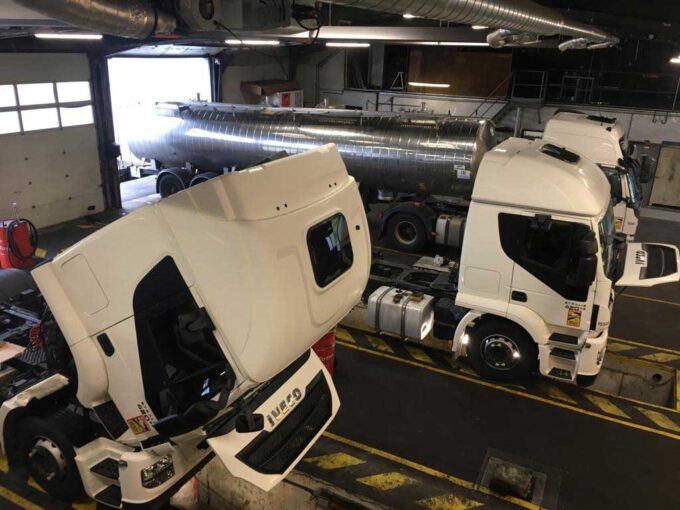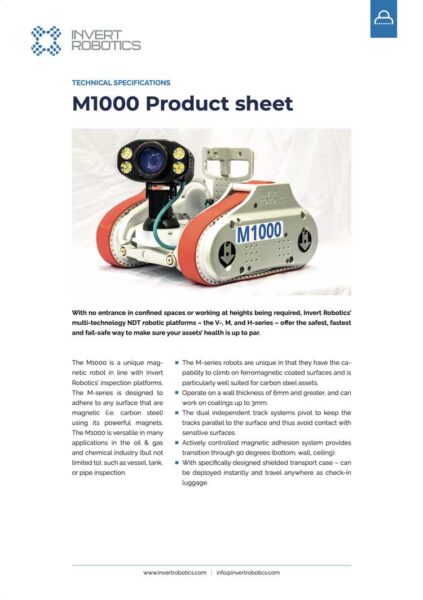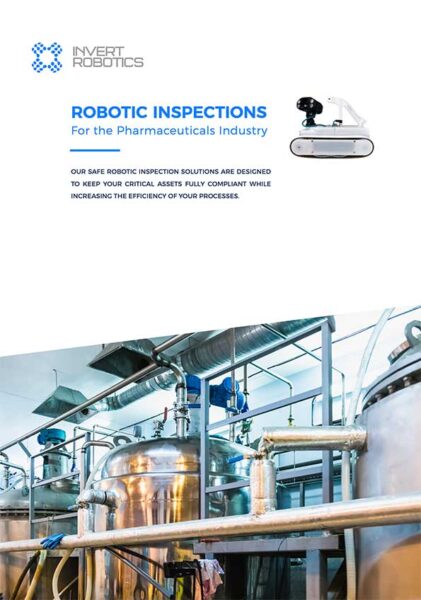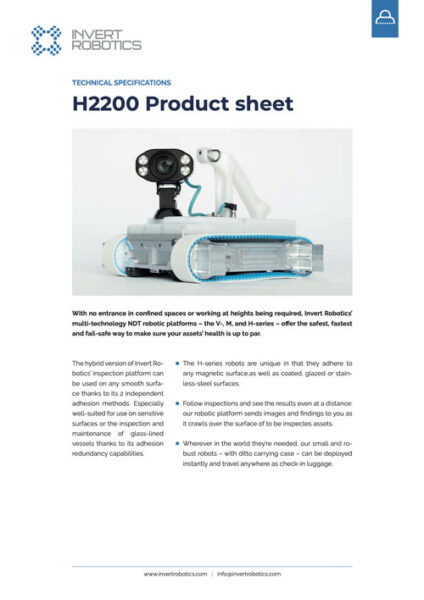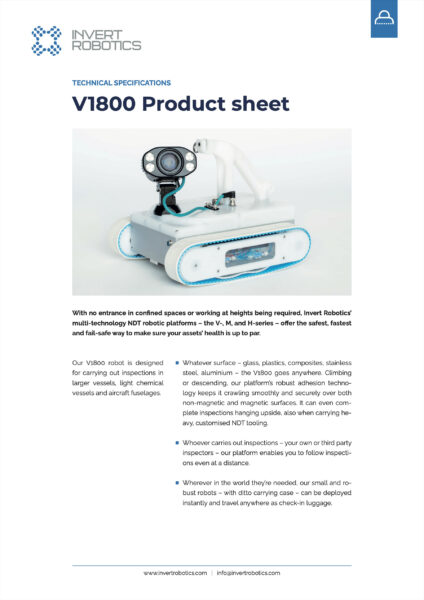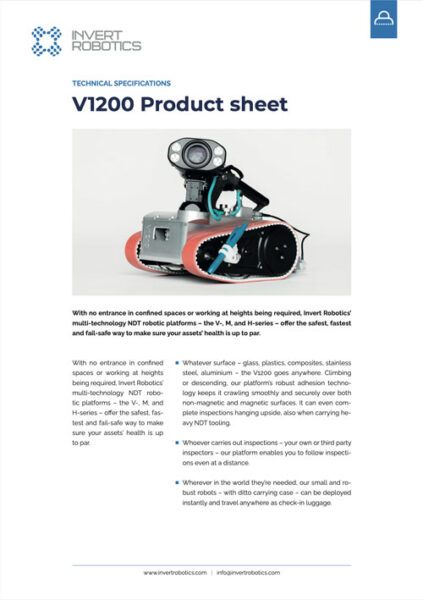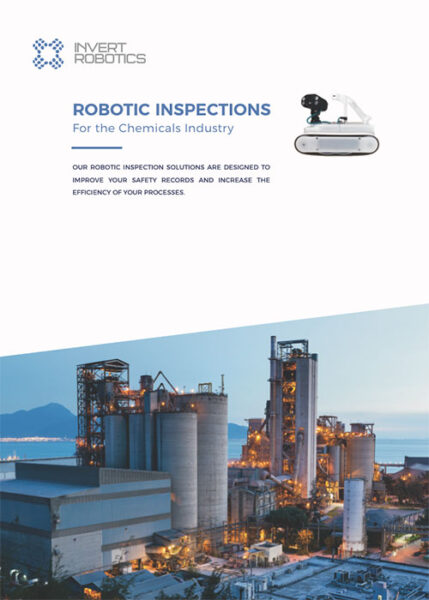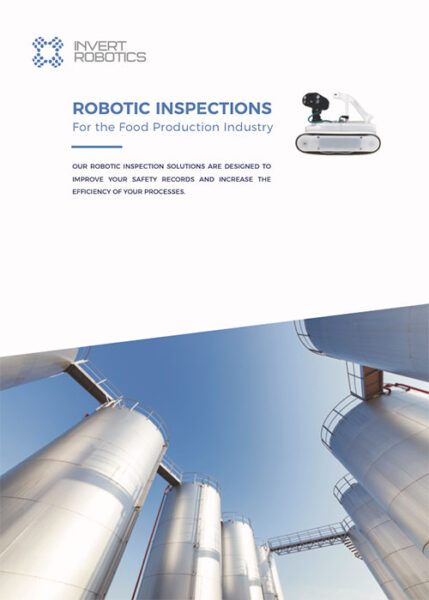How this major dairy company is maximising product safety in milk trucks the safe, fast and secure way
Product safety is key in the food and dairy processing industry. To ensure maximum hygiene, it’s essential that milk trucks are in prime condition with no risk of bacteria growing on residue or in surface pits or cracks. In fact, the transportation of milk to your plant can be a critical point in the dairy chain where unwanted pathogens can be introduced.
‘Our client – a worldwide operating dairy company – was already familiar with the benefits of Invert Robotics’ inspection platform for milk tank inspection at their plants worldwide. To minimize cross-contamination risks through preventative inspection, they asked us to inspect some of their milk cistern tanks,’ Gilles Gauderlot, Regional Sales Manager Southern Europe at Invert Robotics explains.
Inspection methods in the dairy industry
Milk truck inspections are typically done with the naked eye only. This requires a person to enter into a confined space involving potential safety and health hazards. It is also a time-consuming process, which means trucks are out of service for several hours.
What our client wanted
The client had no regular inspection or maintenance schedule in place for these assets. Inspections were carried out only if there was a suspicion of damage or contamination. By deploying our robotic platform for preventative asset inspection, the client was looking to boost safety, minimise cross-contamination risks, as well as saving precious hours on inspection time.
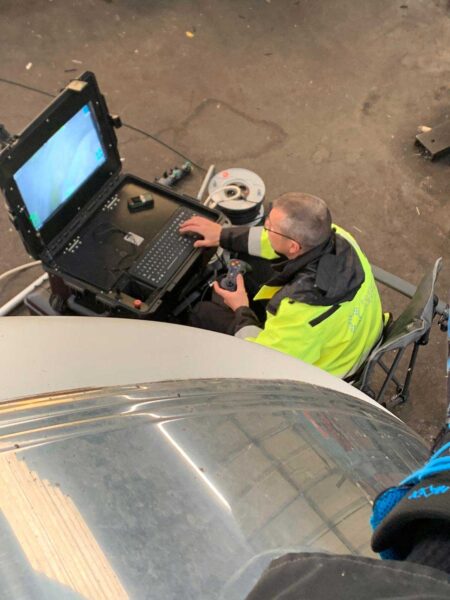

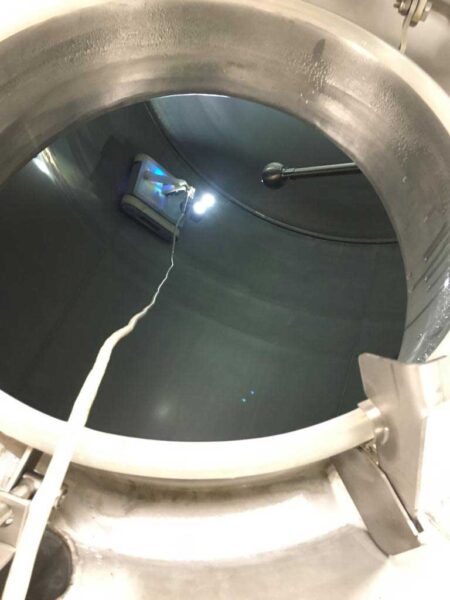
The challenge
Gilles: ‘We had extensive experience working for the company using our robotic platform to inspect their processing equipment. However, it was a first for us to deploy our robot to inspect milk trucks! So, first and foremost, we needed to provide our client with a proof-of-concept: showing that we would be able to capture and localise even sub-millimetre defects in this new environment.’
What we did
First, Invert Robotics conducted a successful live test on one mono-cylindrical cistern truck and one compartmented one. After validating our proof-of-concept, we were asked to inspect a number of cistern trucks consecutively.
To ensure that the trucks were off the road for as short a period of time as possible, we put in place a precise planning. Each truck got a 2-hour slot during which we lowered our V-1800 robot into the cistern and manoeuvred it remotely over its surface while using the robotic platform’s visual inspection camera.
Real-time screening of inspection results also ensured immediate action could be taken if called for. The client passed the inspection with flying colours, so no repairs were needed and the trucks were back on the road fast.
What we didn’t do
Gilles: ‘A major benefit of using a robot, is that it can crawl over the vessel surface without in any way impacting or even scratching that same surface. And, importantly, the robot is able to capture any signs of degradation and localise all defects: however small.’
‘However, the steep curvature of milk trucks makes it impossible for the robot to actually climb up the cisterns’ sides. So, understandably, our client was somewhat worried if the robot would be able to see and accurately pinpoint all contamination and defects.’
‘By fine-tuning the 30x optical zoom camera we were able to capture sub-millimetre defects even in those areas of the vessel where the robot could not manoeuvre. Thanks to the robot’s precise mapping feature, it was easy to check if the crawler had inspected the entire surface.’
What we did next
‘The client was so pleased with the comprehensive inspection results and the speed at which we completed all inspections, that they now want to plan inspections at regular intervals.’
‘And for us here at Invert Robotics: it was an exciting learning experience, having not used our robotic platform for this type of inspection before. It was great to see that – once again – our technology delivers on its promise of safer, better and faster asset inspections,’ Gilles concludes.
